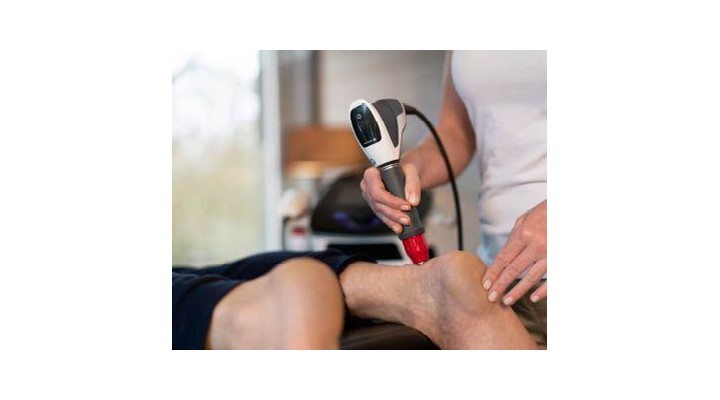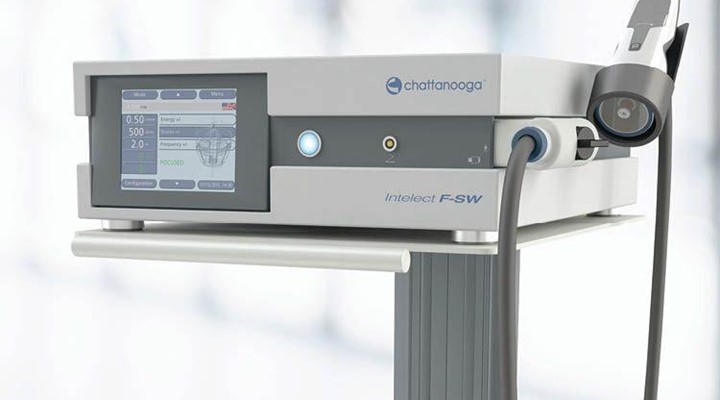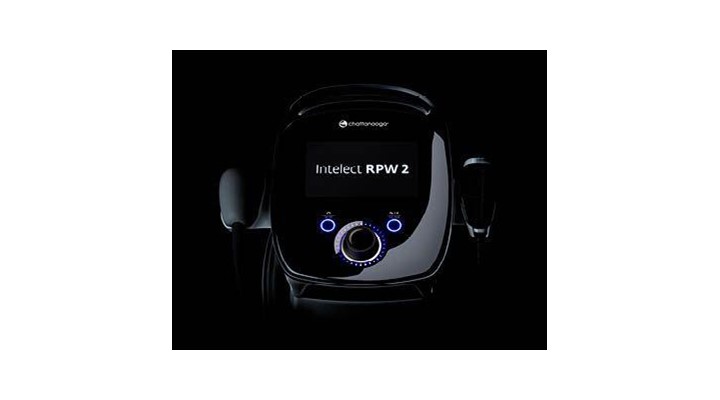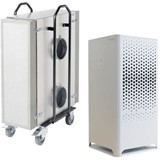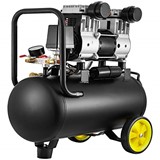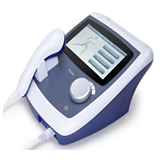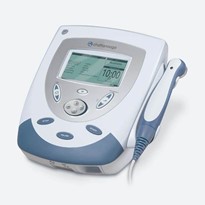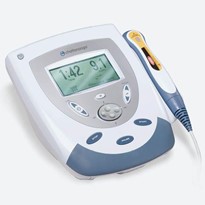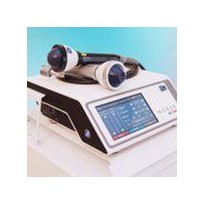What are Shockwaves?
A shockwave is defined as a moving sound source travelling at more than the speed of sound. A stationary sound wave emits acoustic pressure waves that are evenly distributed in all directions. However, when the sound source is moving, the sound waves in front are compressed, and if the source moves faster than the speed of sound, the compressed waves overlap and create a shockwave, which is heard as a sonic boom.
It was noted that shockwaves travel much better through water than they do through air, and that they could affect the body on a cellular level, thereby stimulating its intrinsic healing mechanism. This led to efforts to harness this phenomenon for medical applications, and the resulting technology became commonly known as shockwave therapy.
The Differences Between FSW and RPW
While focused shockwave (FSW) therapy and radial pressure wave (RPW) therapy are often referred to together as ‘shockwave’, or extracorporeal shock wave therapy (ESWT), only one is truly worthy of the definition.
Whereas FSW delivers maximum energy at a focal point deep in the tissue (around 12cm), RPW delivers maximum energy to surface of the skin, which then travels radially into the body up to a depth of 5-6cm.
Firstly, a focused shockwave will produce a pressure peak in the range of 10-100 Mega-Pascals (MPa), compared to the positive peak pressure of 0.1-1 MPa for a radial pressure wave – 100 times the amount of energy. Furthermore, the time taken for a focused shockwave to reach that peak, as well as its overall pulse duration, is far shorter than that of an RPW.
Therefore, unlike FSW, a Radial Pressure Wave is not a "true" Shockwave.
Additionally, while both technologies involve the conversion of electrical energy into mechanical energy, the ways in which focused shockwaves and radial pressure waves are generated and delivered are also different.
FSW machines generate shock waves using either electrohydraulic, electromagnetic, or piezoelectric technology. The shockwaves are generated in water contained in a standoff attached to a handheld applicator. These waves are then focused through a lens and transmitted into the tissue.
Most RPW machines generate radial pressure waves using either oil or air compressors. During use, the compressed air is released via a valve into the barrel of a hand-held applicator which contains a small projectile. As the valve opens and closes very quickly, the projectile is driven by the compressed air into a transmitter at the end of the applicator, where the kinetic energy is converted into acoustic shock waves.
To learn more about the effects and applications of shockwave therapy, take a look at our RPW and FSW Webinars on the DJO Academy, or reach out to your local representative.


